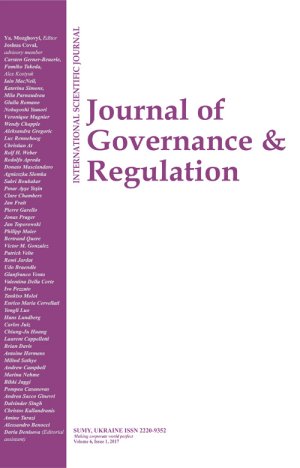
EXAMINING POSSIBLE RELATIONSHIP BETWEEN CARBON FINANCE AVAILABILITY AND GROWTH OF WIND ENERGY
Download This ArticleAbstract
This paper evaluates the possible relationship between carbon fund availability and the growth of wind energy. This has become apposite considering global quest for renewable energies as a veritable option for carbon reduction and sustainable development. Whilst some extant literature blames delay in climate policy as an obstacle to green energy, others regard carbon finance availability as a booster to renewable energy. Raging argument is that similar to any other investment, renewable energy finance availability may mar or catalyse growth in renewable energy. Consequently, in this paper, a conceptual overview of carbon finance and renewable energy is undertaken and a test of the relationship between the World Bank carbon finance availability and wind energy growth is conducted. The result indicates a significant positive relationship between World Bank carbon financing and global growth in wind energy. The paper thus concludes that aside from policy options, renewable energy financing seems to be a contributory catalyst that may spur improvement in global renewable energy. The paper highlights that achieving green economic development in developing countries would depend, not only on climate policies alone, but also on sustainable financing. Hence government and private sources of funding is very desirable in achieving global green economic development, most importantly, for developing economies. The paper thus offers a research agenda on awareness creating for local and international sources of green energy for developing countries.
Keywords: Carbon Finance, Wind Energy, Renewable Energy, Sustainable Development, Green Economy
How to cite this paper: Ngwakwe, C. C. (2014). Examining possible relationship between carbon finance availability and growth of wind energy. Journal of Governance and Regulation, 3(3-1), 96-103. https://doi.org/10.22495/jgr_v3_i3_c1_p3



















